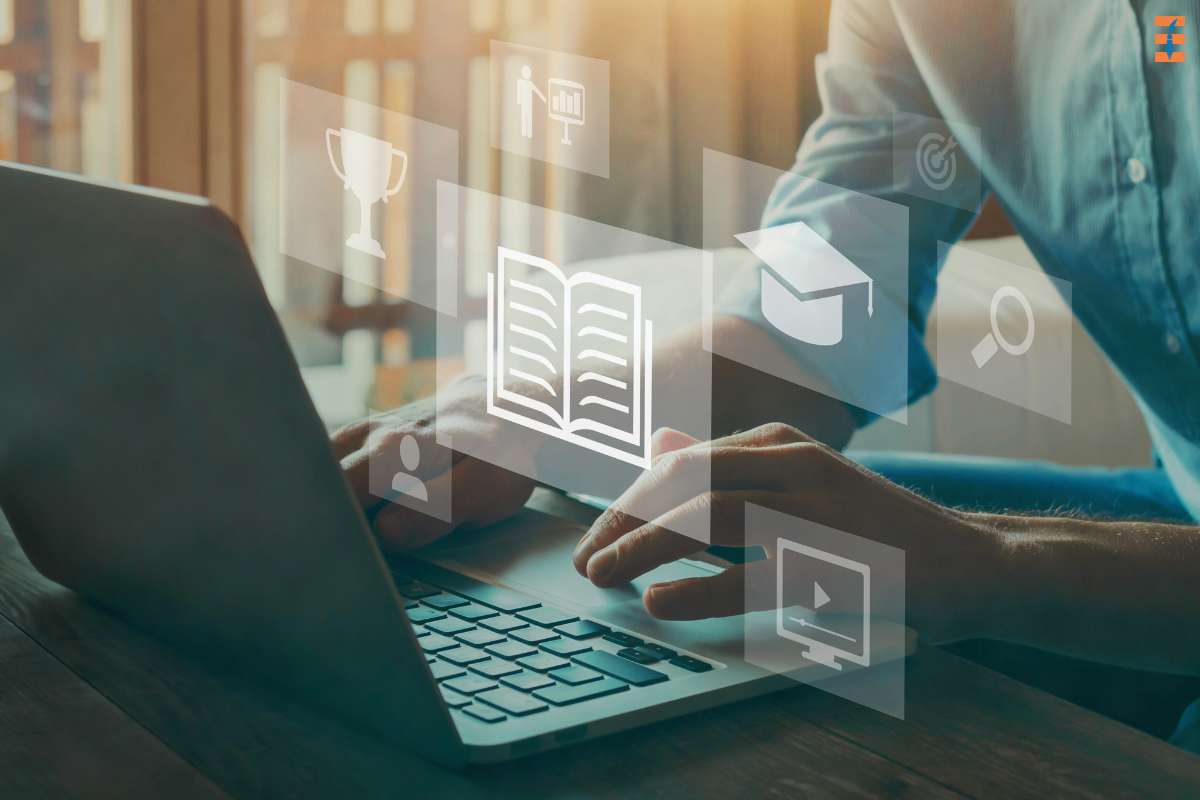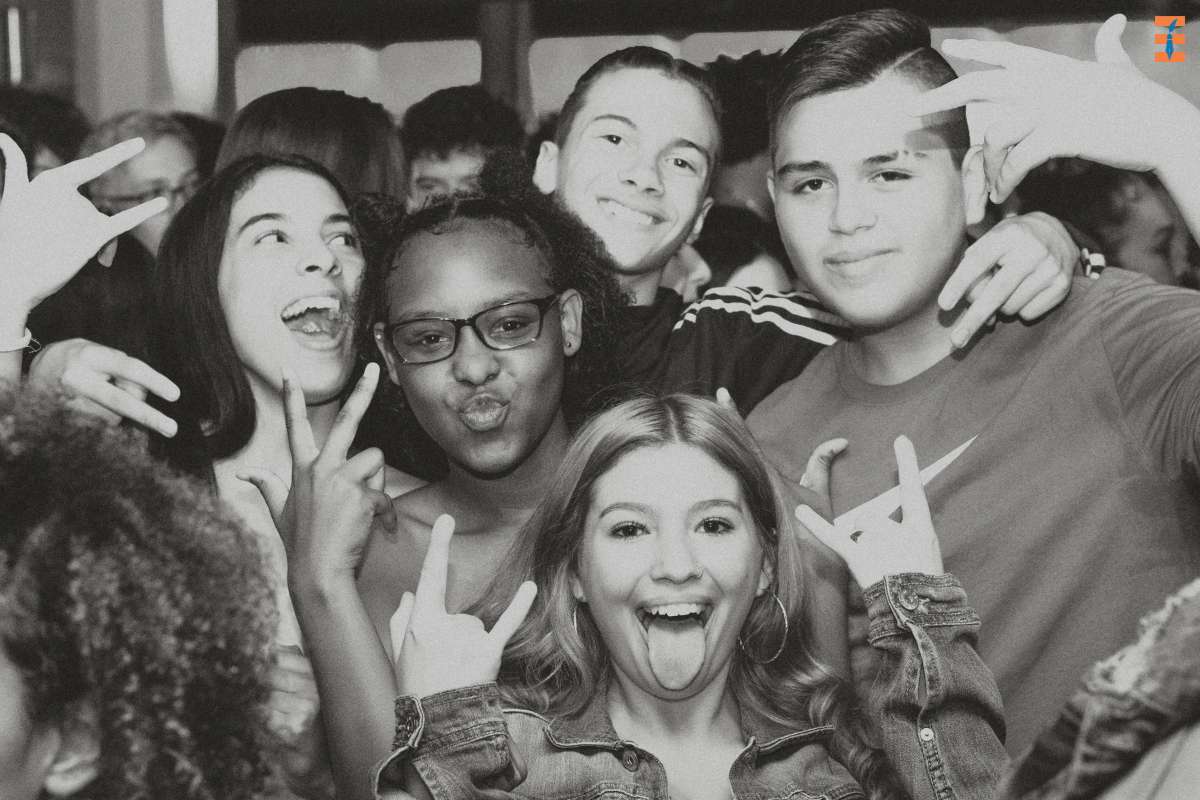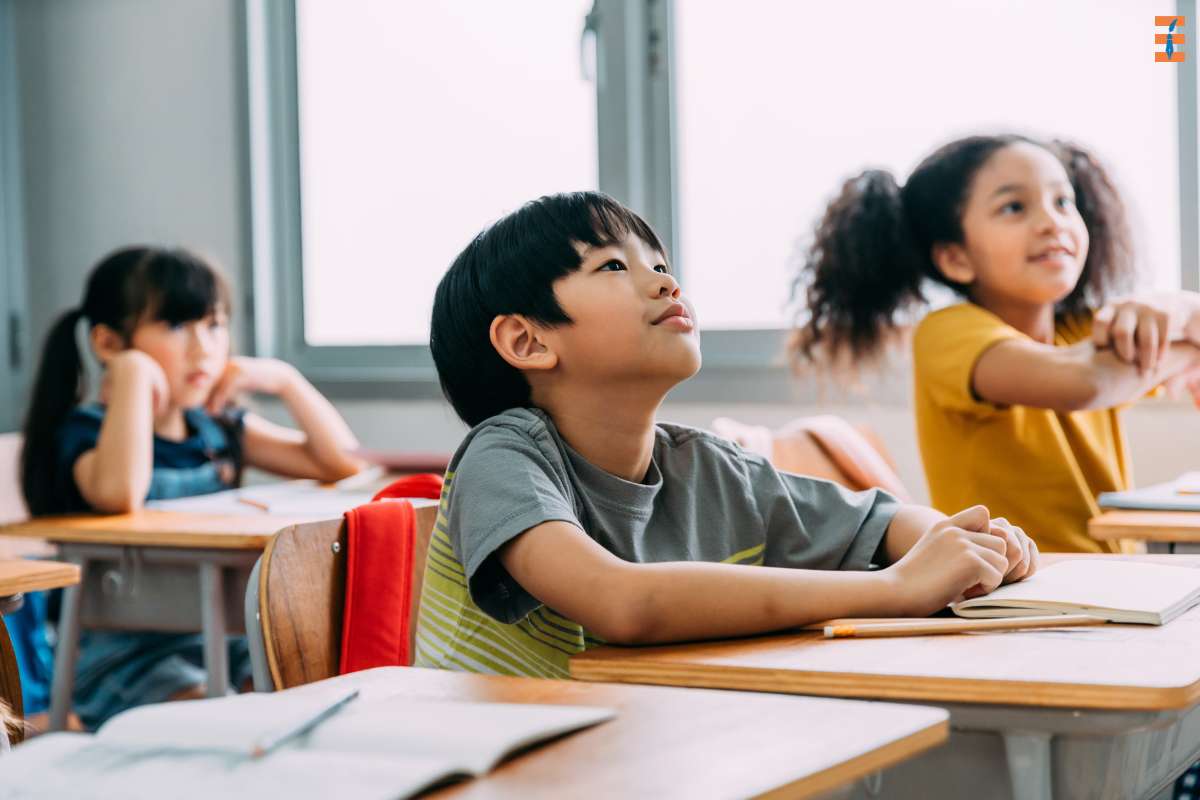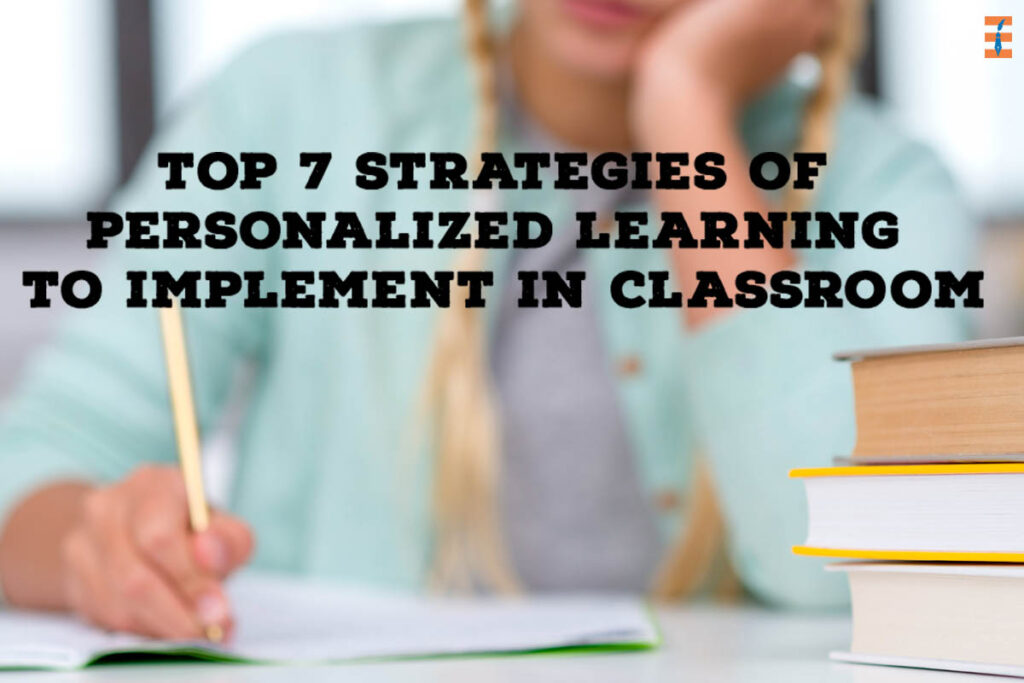To understand what is the best approach towards personalized learning a teacher has to get rid of the ‘one size fits for all’ attitude. These strategies of personalized learning should meet the needs of every student and guide them to create a bright academic future. While implementing personalized learning strategies in the classroom, a teacher should keep track of strengthening the skills of every student to meet high standards of diploma. In this article, you will be reading about such top-level seven strategies that may help to boost the academic experiences of every student.
Here are the top 7 strategies of personalized learning to implement in classroom;
1. Teach instructors how to evaluate pupils and tailor their experiences properly.
Educating your instructors is the first step in developing a tailored learning program. strategies of personalized learning may function well when instructors thoroughly grasp the process, techniques, evaluations, technology, and objectives involved.
However, if instructors are not sufficiently educated, your personalised learning program will not perform well.
So, before you begin, meet with your instructors to brainstorm ideas, research individualized learning approaches, and plan actions to execute this kind of program together.
A discussion among educators taking place around a table.
Then, put instructors through specialized training to integrate individualized learning into their daily work lives.
This is exactly what the Verona Area School District in Wisconsin accomplished. It all began with tailored learning courses for teachers and school administrators.

Teachers returned to their schools to continue discussions, and then experimented with individualized learning workshops. Teachers were therefore better equipped to develop and carry out a tailored learning plan for pupils.
It is critical that instructors learn how to analyze each student’s interests, talents, and shortcomings. They may then appropriately put them in their own tailored learning process.
2. Make use of educational technology to build a customised learning environment.
Technology may be used to interact with and engage students, which is a wonderful approach to give individualized learning.
In fact, the role of technology may be significant. According to educator Mary Ann Wolf, strategies of personalized learning necessitates not just a change in school architecture, but also the use of new technology. Personalized learning is facilitated by e-learning technologies, which assist in dynamically tracking and managing the learning requirements of all students… wherever and at any time, but which are not accessible inside the four walls of the conventional classroom.
For example, adopting game-based learning methods enables students to study at their own speed while having fun! One research found that playing a math game in the classroom improved standardized test performance by 11.6%. Prodigy Math, an adaptive, curriculum-aligned math game utilized by over a million instructors and 100 million students worldwide, is one example. Prodigy covers all important arithmetic topics from first to eighth grade.
Find out more about Prodigy.
Other sorts of regularly used technology may be effective in a customized classroom as well. Some institutions, for example, encourage pupils to utilize Google Docs for simple collaboration. This also helps instructors to keep track of their pupils’ work-in-progress.
3. Allow students to participate in their learning process.
Students who are given a voice in their learning experience acquire important skills such as self-advocacy. Students are more motivated to achieve their objectives when they have the opportunity to participate in goal setting in the classroom. The Middletown, New York, school system, for example, introduced a customized learning approach that assisted pupils in focusing on their objectives. Even lower grades were included in goal planning, and goal objects throughout the classroom encouraged children to keep to their objectives.
As a consequence, more pupils in this school district met their NWEA MAP growth objectives.
The proportion of pupils meeting reading growth objectives increased from 44% to 65% after four years of utilizing a tailored learning program. In math, the number increased to 67%.
Personalizing information distribution and engagement also benefits students by allowing them to choose their own learning environment.
Give students the option of reading a short narrative or listening to an audio version while reading. Allow students to choose whether they will take notes online, on paper, or vocally.
strategies of personalized learning allows students to choose the procedure that best meets their requirements.
4. Provide students with several opportunity to demonstrate their expertise.
While traditional test scores and essays should never be neglected, providing students with other avenues to demonstrate their comprehension of subjects encourages them to take responsibility for their education.
One teacher from the Middletown School District, for example, stated:

[Students] utilize a Google form, and the forms are instantly delivered to me, allowing me to monitor how they are self-assessing in real time. It offers them a feeling of responsibility while also allowing me to know how they believe they performed… I utilize their self-evaluation to guide my lesson and to categorize them for math and ELA.
5. Build personalized learning playlists
Students may pick the sorts of learning activities that work best for them when instructors utilize playlists for self-guided learning activities. As a result, each student is able to produce their best work every day.
So, how exactly does a customised learning playlist function?
First, instructors establish a rotation of topic-related learning activities. Individual learning activities, digital material, group collaboration, or peer-to-peer activities might all be included.
The choice of activity may be entirely up to the learner, allowing them to choose whatever form of learning activity works best for them.
Assign a point value to each activity and a minimum point requirement to ensure that every student is performing the proper amount of coaching.6677. Students complete the essential learning while being permitted to do so in their own style and at their own time.
Finally, instructors might establish learning checkpoints at which students must show mastery of a topic before proceeding to the next level.
Strategies of personalized learning Allows students to connect as peers or even finish work alone frees up instructors’ time to focus with students who need more education.
6. Make the classroom adaptable.
For good reason, flexible seating configurations have grown in popularity in recent years. Teachers observed the following advantages after reorganizing their classrooms for more flexible seating arrangements:
- Discipline difficulties have decreased.
- Attendance and grade improvements
- A more pleasant classroom environment More comfort for pupils, resulting in better attentiveness (and, shockingly, fewer sleepers in class!)

Rotating stations is another example of individualized learning in a flexible classroom. Students can concentrate on the correct things in the right location when they have particular stations that cater to their individual learning playlists. strategies of personalized learning promotes teamwork and allows instructors to work with smaller groups for focused education.
7. Allow students to study at their own speed by flipping teaching.
Since the early 2000s, flipped teaching has been gaining popularity. Instead of having lectures at school and activities at home, students view recorded lectures at home and participate in activities together during class time.
Strategies of personalized learning enables students to view video lectures at their own speed, stopping or rewinding as needed. Students may also connect and ask questions with their peers and professors through online chats.
Bottom line
Lastly, a classroom is the first platform for every student where they build their future upon. Hence, the strategies of personalized learning outcomes should meet the end goals. They are supposed to help students and teachers while performing extra-curricular activities within the classroom. We hope you enjoyed reading our article and found it pretty helpful to understand the best learning strategies.
Also read: 5 Best Examples of Personalized Learning

